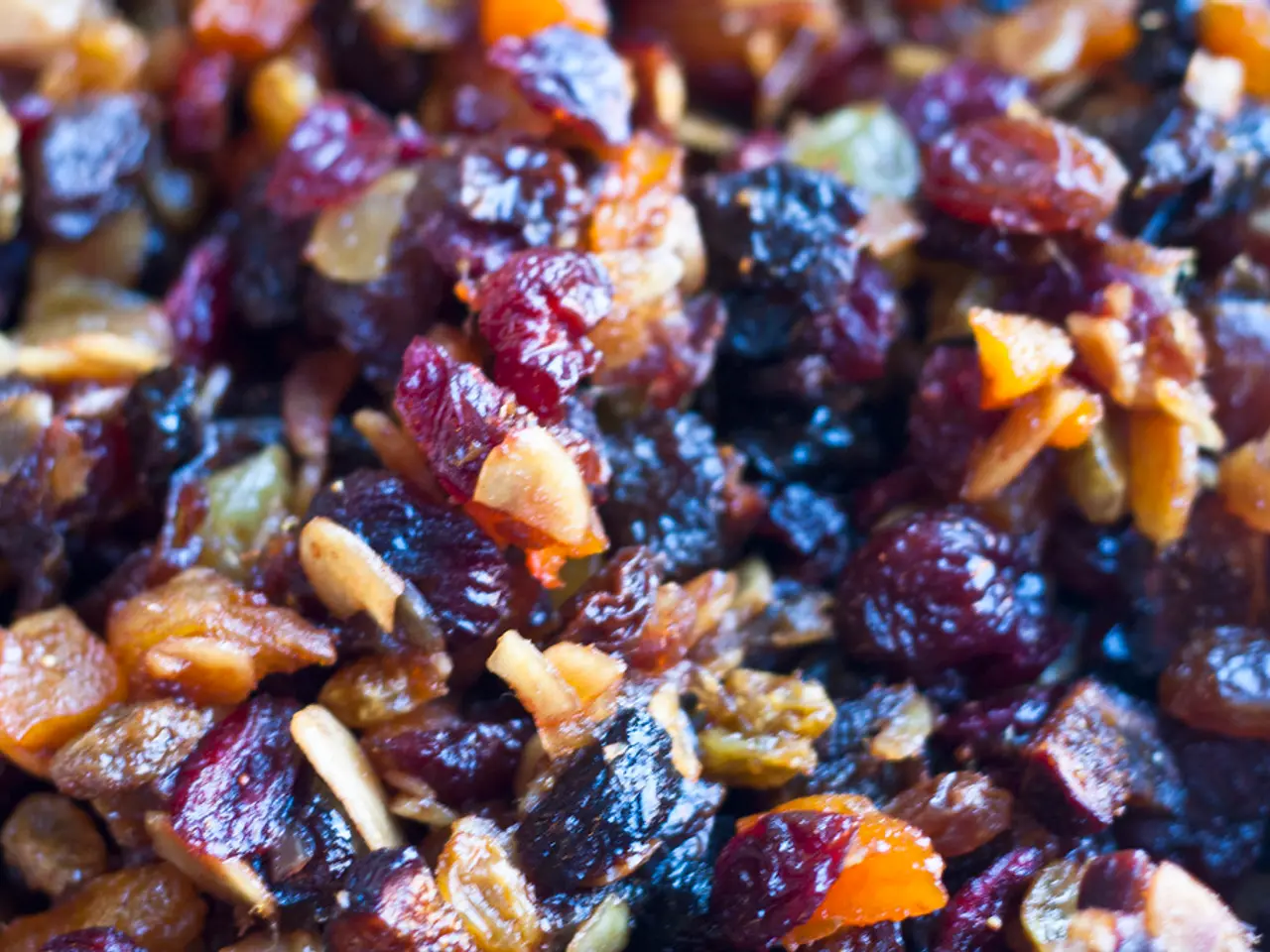Examination and Stewardship of Oceans for Human Endurance
### A Threat to Ocean Life: Microplastics and Their Impact
In the vast expanse of the world's oceans, which cover approximately 70% of the Earth's surface, a silent menace is lurking - microplastics. These tiny plastic particles, resulting from the breakdown of larger debris, are infiltrating marine ecosystems, posing a serious threat to phytoplankton and marine life.
Phytoplankton, the microscopic plants that reside in the sunlit surface layer of the ocean and produce about half the world's oxygen through photosynthesis, are particularly vulnerable. When exposed to microplastics, their growth and diversity are negatively affected, especially under conditions exacerbated by ocean warming and acidification. This decline in phytoplankton populations could potentially reduce global oxygen production and carbon sequestration, impacting the planet's climate and ecosystems.
Microplastics interfere with the base of the marine food web, affecting zooplankton and other tiny creatures. For instance, copepods, a crucial food source for many marine organisms, consume less nutritious food when ingesting microplastics, leading to reduced energy, growth, and reproduction.
Lobster larvae and other marine organisms encounter microplastics concentrated at the ocean surface, which accumulate around their gills and digestive systems, causing reduced oxygen consumption and impaired development.
Moreover, microplastics act as carriers for toxic chemicals such as heavy metals, pesticides, pharmaceuticals, PFAS, and PCBs. These toxins leach from plastics or accumulate on their surfaces and enter marine life upon ingestion, causing further harm to organisms including plankton, fish, and shellfish.
The contamination extends up the food chain, with an estimated three-quarters of commercially fished species having ingested microplastics, posing potential risks to human health through seafood consumption.
Microplastics also harbour pathogens and antibiotic-resistant bacteria, spreading diseases across marine ecosystems through biofilms on plastic surfaces.
To mitigate the effects of microplastic pollution on ocean ecosystems, several solutions are proposed. Reducing plastic use on an individual and systemic level is critical to slowing new pollution inputs. International cooperation and governance are vital, particularly in protecting vulnerable ocean areas through comprehensive marine protected areas and agreements such as the 2023 Biodiversity Beyond National Jurisdiction Agreement. Increasing funding for ocean science will improve understanding and development of innovative mitigation technologies and conservation strategies. Nature- and ecosystem-based solutions, such as restoring marine habitats and promoting biodiversity, can enhance resilience against pollution and climate change stresses. Addressing the interconnected pressures of climate change, overfishing, and pollution simultaneously is necessary to safeguard ocean health and the services it provides.
The establishment of Marine Protected Areas (MPAs) is crucial for conserving marine biodiversity, enhancing ecosystem resilience against climate change and pollution, and restoring fish populations. Modern technologies such as autonomous underwater vehicles (AUVs) are being used for more efficient mapping of seafloor topography and monitoring of environmental conditions.
In the face of these challenges, it is essential to foster a balance between ocean utilization and conservation, integrating scientific findings into regulatory frameworks that protect marine biodiversity while allowing for sustainable resource use. Incorporating local communities and indigenous knowledge into ocean management strategies can enhance conservation efforts and foster stewardship of marine resources.
References: [1] Cole, M., et al. (2011). Microplastics in the marine environment. Marine Pollution Bulletin, 62(8), 1596-1605. [2] Wright, S. L., et al. (2013). Microplastics in the marine environment: a review of the current state of knowledge. Environmental Pollution, 184, 149-160. [3] Law, K. L., et al. (2019). Impacts of microplastics on phytoplankton and the marine carbon cycle. Frontiers in Marine Science, 6, 1-13. [4] United Nations Environment Programme (2019). Microplastics in the marine environment: a global challenge requiring coordinated action. [5] Cole, M., et al. (2013). Microplastics in the marine environment: a review of sources, transport, fate, effects, and policy interventions. Environmental Pollution, 192, 214-227.
- In the realm of health and wellness, elevated levels of microplastics in seafood consumption may lead to potential risks, influencing human medical conditions.
- Expanding the scope of environmental science, it's crucial to address climate change alongside the microplastics issue, as both pose threats to marine ecosystems and contribute to pollution.
- Interdisciplinary research in science, particularly in medical-conditions, environmental-science, and health-and-wellness, is essential to understand the full impact of microplastics on marine life and their outcome on human health and the planet's climate.




